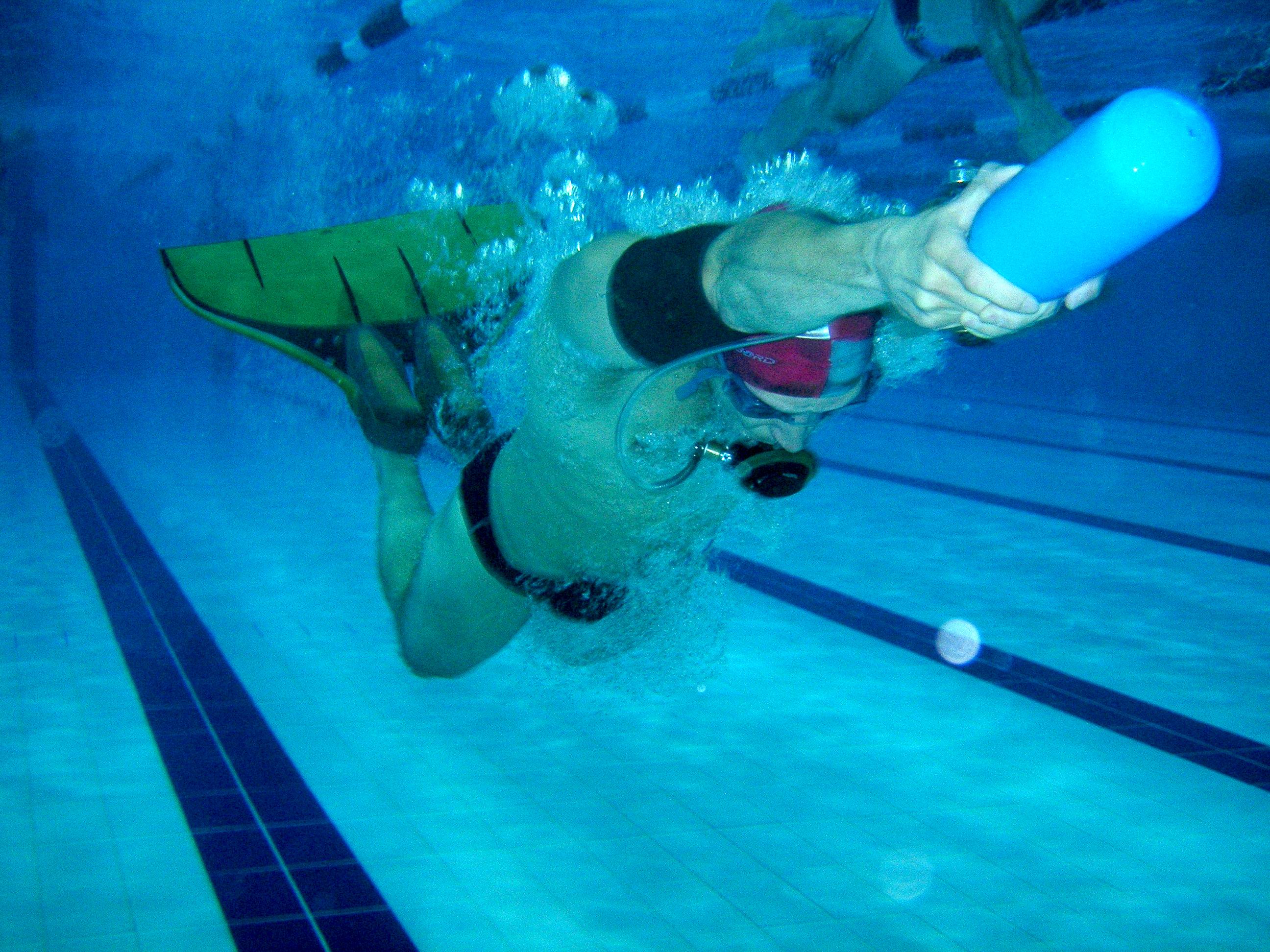Problem is, your nervous system slows down. It takes a long time to notice things such as a beeping computer (or to understand what those numbers on the screen mean!!!) or a buddy signalling to you. Your fingers feel numb and they respond slowly to your decisions to move them. Memorizing things, such as what you just did, becomes hard. It's like a memory disorder. It also breaks logical thinking and your problem solving ability. Even if you would accept the risk, and many here would condemn that, fact is, you don't see things, you don't remember things.





